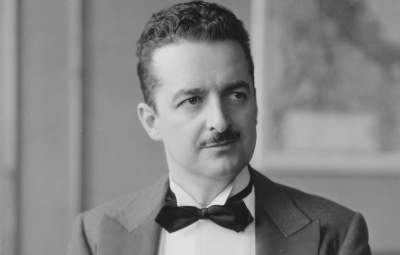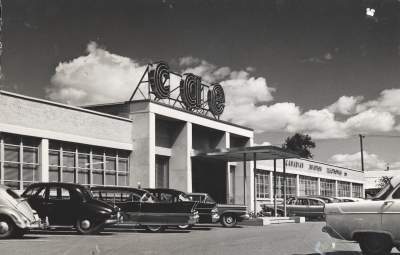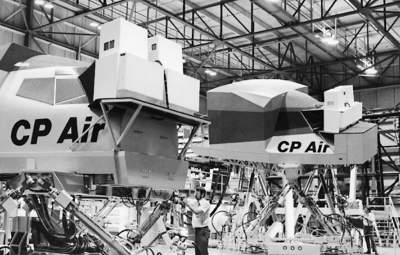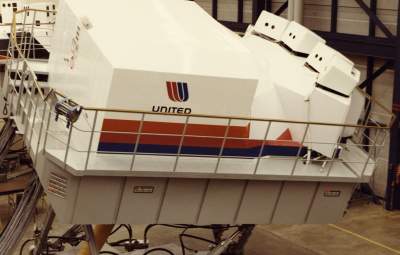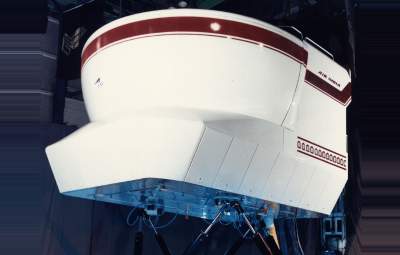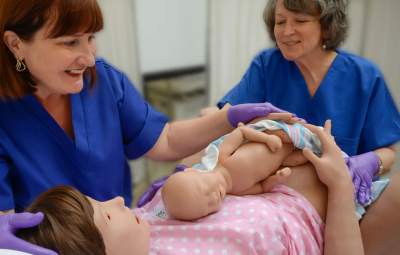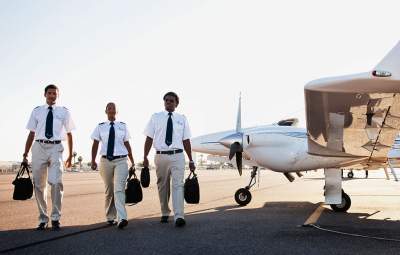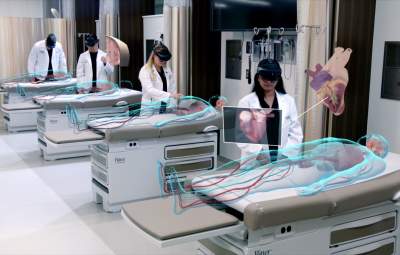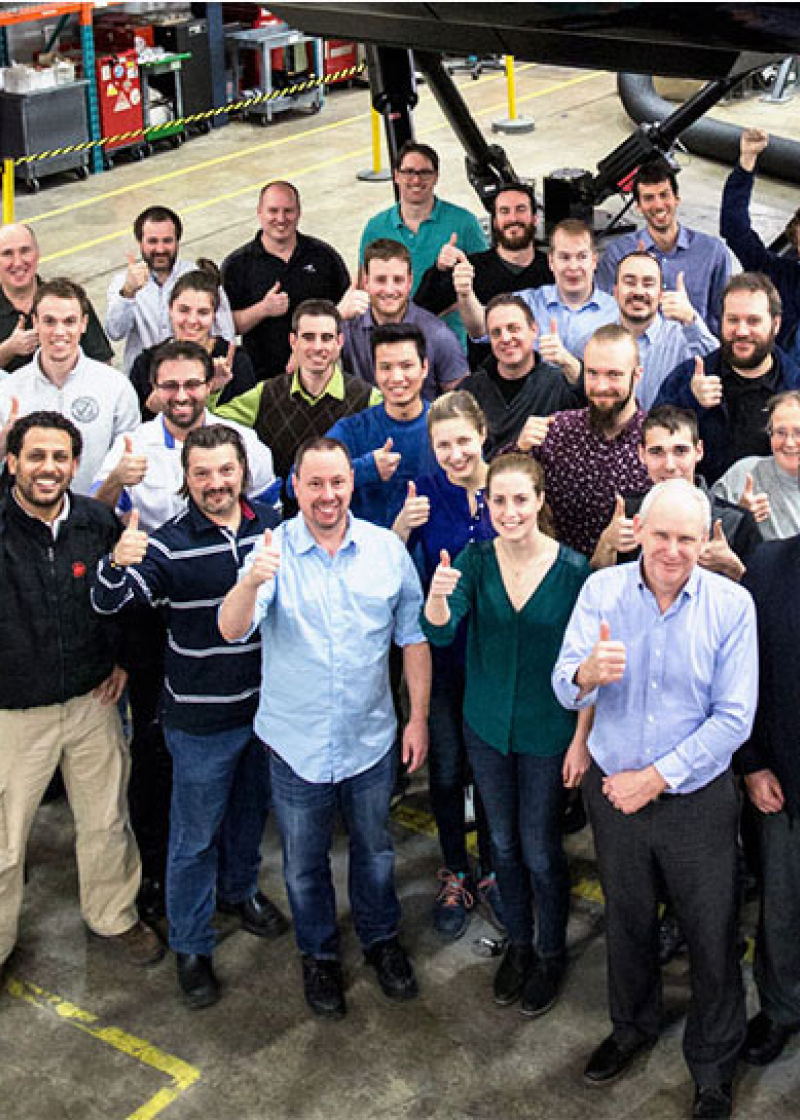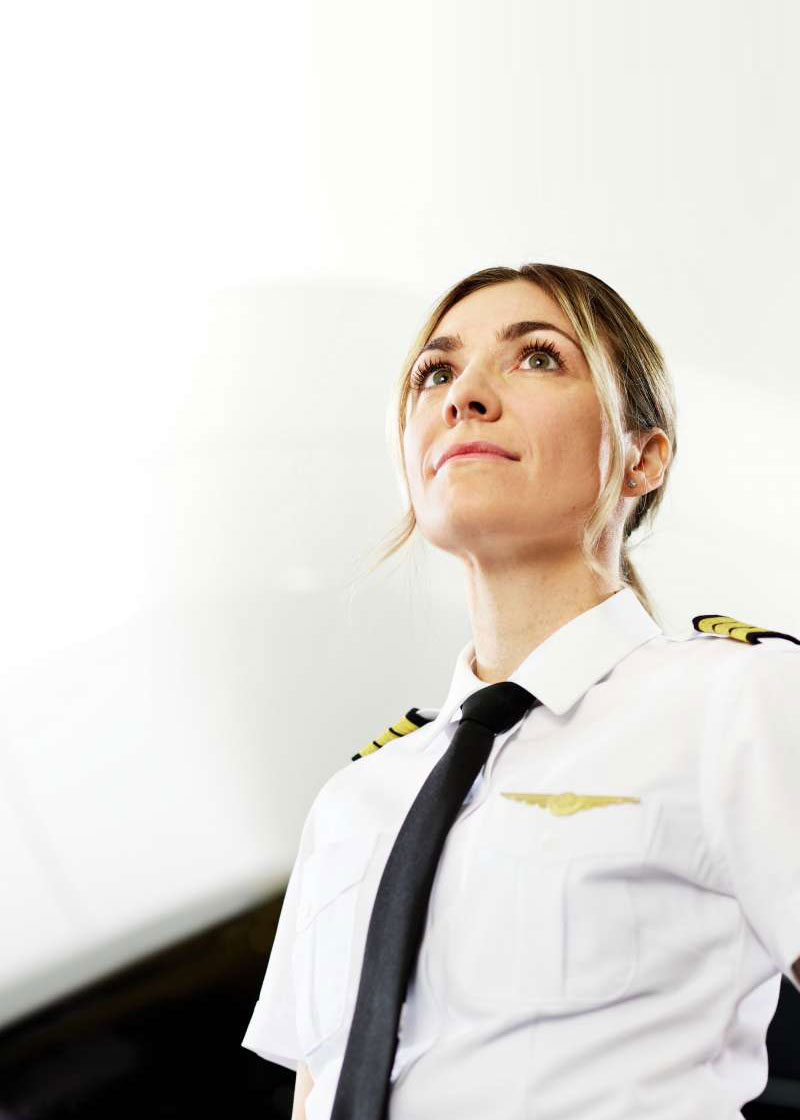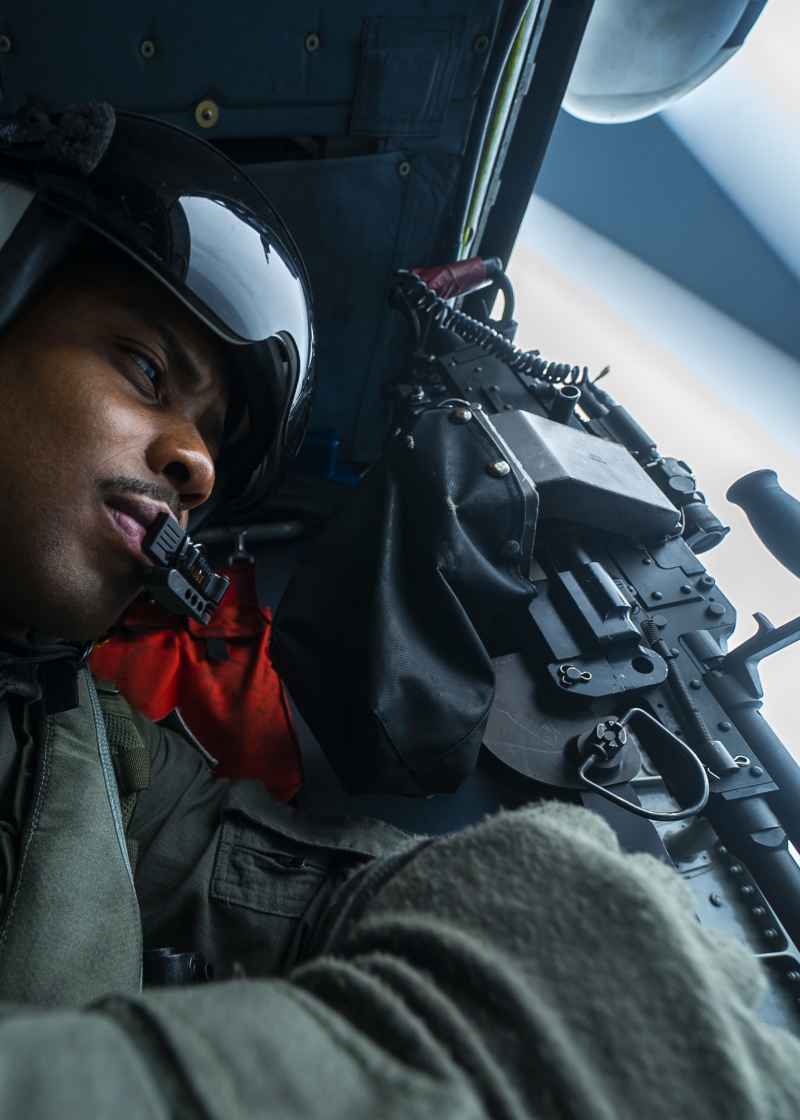1950s
The beginning
On Saint Patrick's Day, 1947, CAE, then known as Canadian Aviation Electronics Ltd., was founded by Mr. Ken Patrick, an ex-Royal Canadian Air Force (RCAF) officer. His goal was to "...create something Canadian and take advantage of a war-trained team that was extremely innovative and very technology-intensive." From the beginning, some of Canada's best known industrialists formed the company's board of directors. In 1951, Mr. R. Fraser Elliot joined the board and became its Chairman two years later.
Learn more about our beginnings




